Editor’s note: This post has originally been posted on 29th May 2018, and has now been updated and republished.
What have cats, cars and wildlife in common? Cats are domesticated companion animals, cars are machines built by humans, and both are able to kill sentient beings when not supervised or controlled. Cars can kill cats and wildlife, and cats can kill wildlife too. Neither of both scenarios is ‘natural’, both are artificial and creations of humans. So what is the impact, and what can be done to keep both, our beloved companion cats and wildlife, safe?
Cats And Road Traffic Accidents
Road traffic accidents (RTAs) are a common cause of serious injury or death in cats, and are often cited by insurance companies as the most common cause of injury to cats, and the top insurance claim when all claims are ranked by cost.
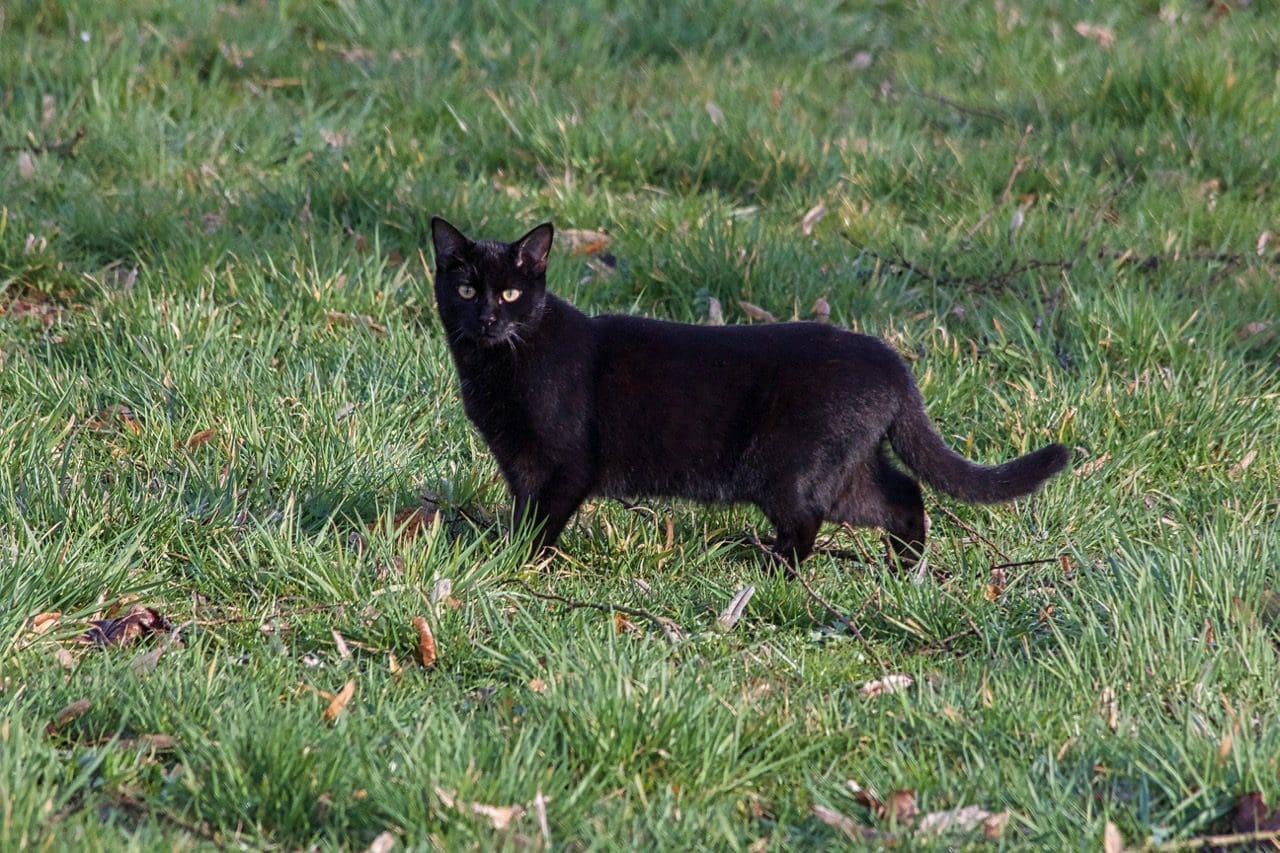
The so called Bristol cat study did reveal that out of 1264 cats 3.9% had been involved in a RTA, of which 71.4% were known to result in fatal injuries. Rural locations were associated with a higher odds of RTAs than towns, cities or suburban locations. An increased odds of an RTA was also associated with cats that were reported by their owners to hunt at the roadside, as well as cats whose owners classified the road by their house as being a ‘long straight section of road’. No significant associations were found between coat colour, breed, sex or neuter status and the odds of an RTA. 1
Two further studies found similar results and did also conclude that RTAs are a common cause of injury and death for outdoor-access cats. Olsen and Allen (2001) found that 51% of outdoor-access cats that suddenly and unexpectedly died were the result of RTAs, and Rochlitz et al. (2001) found that RTAs were the fourth most common cause of death for cats after old age, cancer and renal failure. 2

Another study found out that cats between the ages of 7 months to 2 years were most likely to be involved in a RTA and cats 6 years or older were less likely. Male cats were more than twice as likely to be involved in a RTA as female cats. Pedigree cats were less than a third as likely to be hit by a car as domestic cats or mixed breed cats. Cats were less likely to be in a RTA in areas with very low to low traffic levels and more likely to be in a RTA in areas with below-average to average traffic levels. Strangely, cats living in areas with above-average to high traffic levels were not more or less likely to be hit by a car. Another puzzling outcome of this study was that cats wearing reflective collars were more likely to be involved in a RTA. 3
Psychology Of Cat Owners
Overall it seems fair to conclude that cat owners, who let their cats roam free, are putting their beloved pets at a considerable risk to be injured or even killed in a road traffic accident. Therefore it is rather difficult to understand, why a cat lover would take that risk.
Many cat owners will agree that it is not natural for a cat to be killed by a car, but equally insist that it is natural for a domestic cat or pet to kill native wildlife. Addressing an issue like this one highlights a human paradox. People are more likely to act based on their personal values and emotions than the sturdiest of scientific evidence.
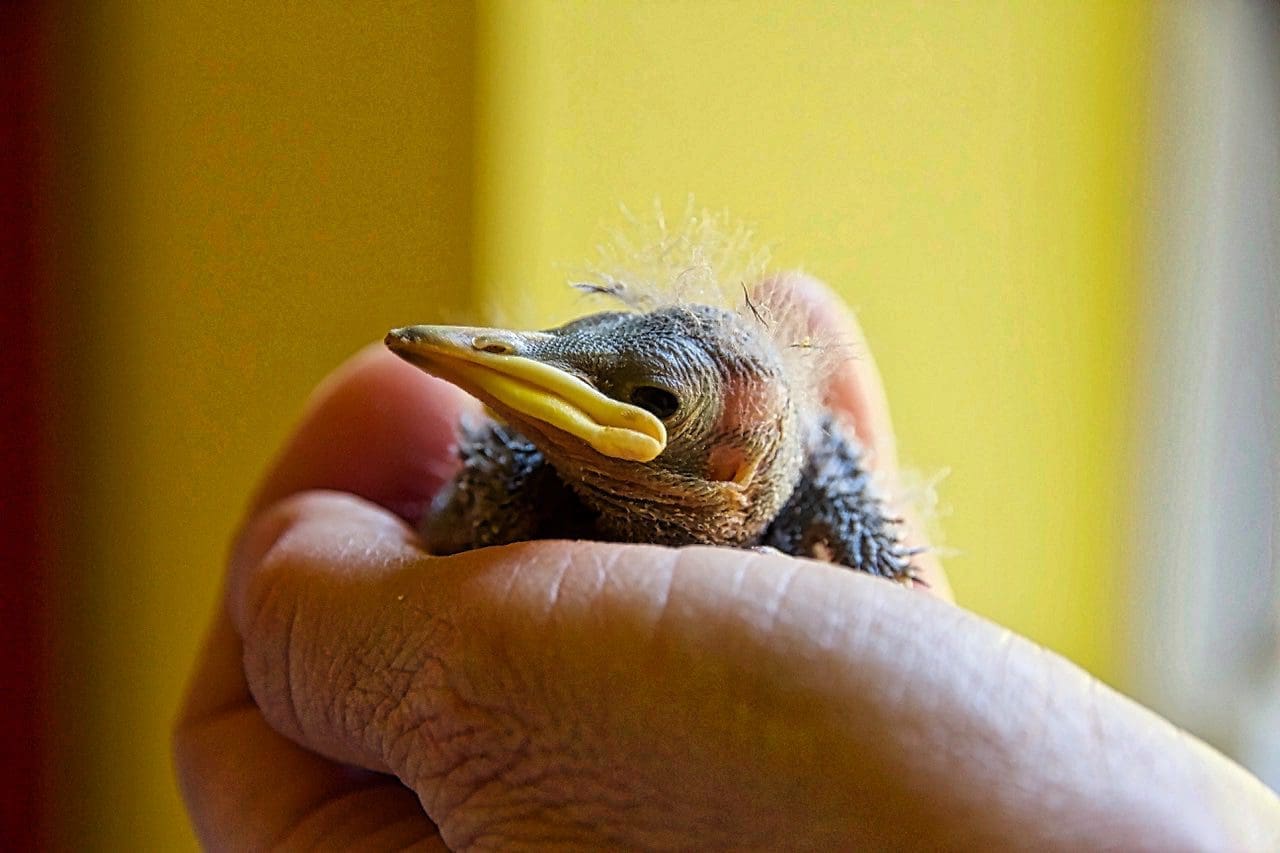
Our responses when confronted with our own faults, mistakes and misjudgments are mainly triggered by defense mechanisms, which are psychological strategies brought into play by the unconscious mind to manipulate, deny, or distort reality in order to defend against feelings of anxiety and unacceptable impulses to maintain one’s self schema. People are fundamentally good, or at least they want to be. We don’t want to hurt other people, animals, pets, or have a companion cat that kills birds or other animals. So, to defend our lack of responsibility towards our pets or wildlife, we will divorce ourselves from reality in some way.
A recent study tried to determine whether cat owners are aware of the predatory behavior of their cats. However, no correlation between observed and owner predicted prey-return rates has been found. It was shown that cat owners generally disagree with the statement that cats are harmful to wildlife, and disfavour all mitigation options apart from neutering. These attitudes were uncorrelated with the extent of the predatory behavior of their cats. Cat owners failed to perceive the magnitude of their cats’ impacts on wildlife and were not influenced by ecological information. 4
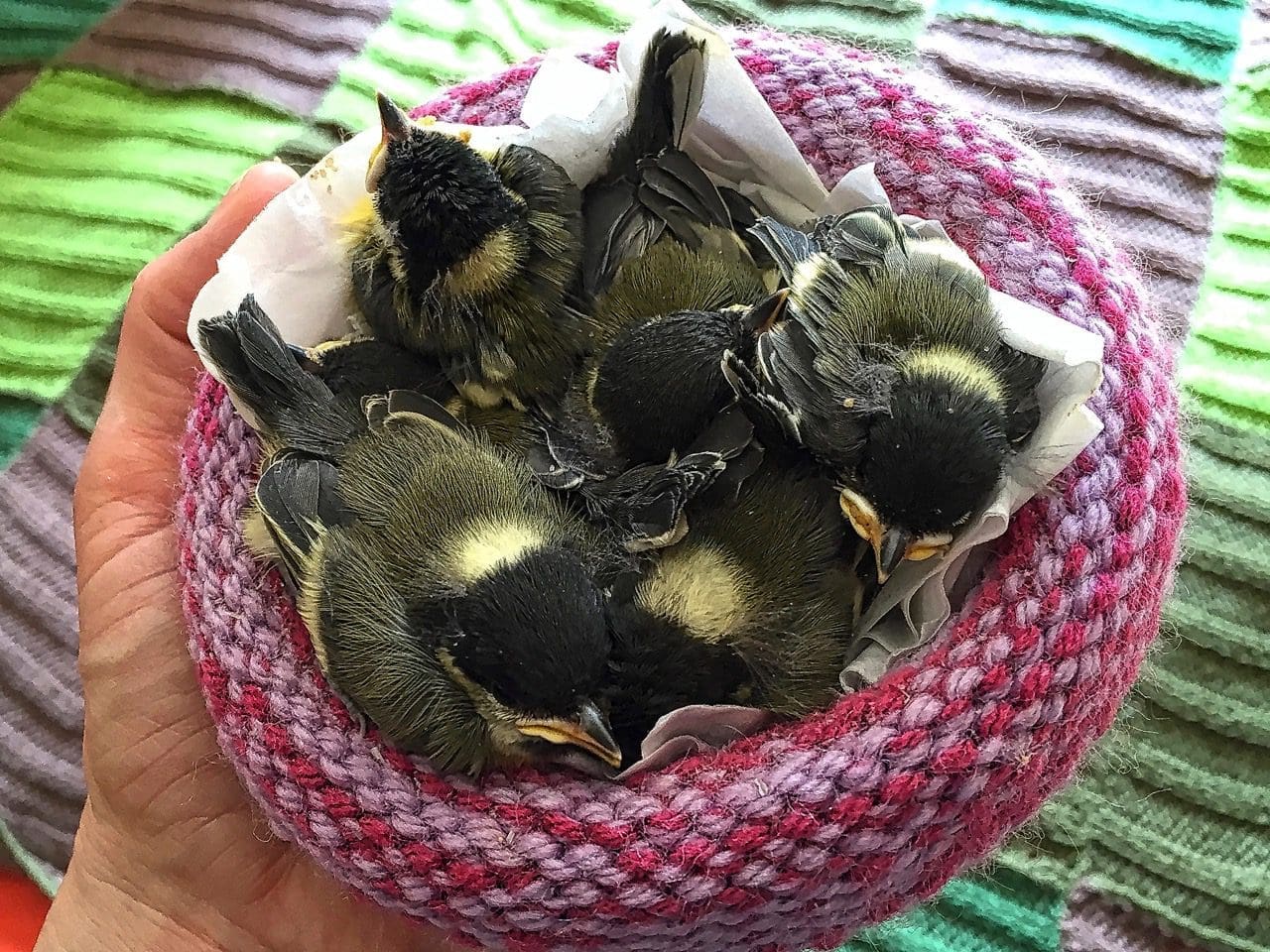
A questionnaire survey of the numbers of animals brought home by domestic cats (Felis catus L). was conducted between 1 April and 31 August 1997. A total of 14,370 prey items were brought home by 986 cats living in 618 households. Mammals made up 69% of the items, birds 24%, amphibians 4%, reptiles 1%, fish less than 1%, invertebrates 1%, and unidentified items 1%. A minimum of 44 species of wild bird, 20 species of wild mammal, four species of reptile and three species of amphibian were recorded. 5
Other studies found similar results. This particular paper studied predation by approximately 70 domestic cats in the Bedfordshire village of Felmersham over a one-year period. All the prey items brought home by virtually all the cats in the village were recorded and, where possible, identified. A total of 1090 prey items (535 mammals, 297 birds and 258 unidentified animals) were taken, an average of about 14 per cat per year. Twenty-two species of birds and 15 species of mammals were identified. The most important items were woodmice (1779), house sparrows (16%) and bank voles (14%). Old cats of both sexes caught fewer prey over the year than young cats. 6
Do Bells Work?
So what can be done? Are bells a solution? One study found that they could be. Twenty-one cat owners from a 100 km2 area, centred on Carnforth, Lancashire, England, recorded each dead prey item delivered by their cat or cats during an 8-week period, following one of three experimental schedules, each of which required each cat to have a bell on a collar for only half of the time. The mean number of items each cat delivered to the owner was 2.9 in the 4 weeks when the cats had a bell attached, compared to 5.5 for the equivalent time when the bell was absent. The bell had no effect on the relative numbers of different prey types delivered, and there was no evidence that the cats adapted their hunting behaviour to reduce the effect of the bell over time. 7
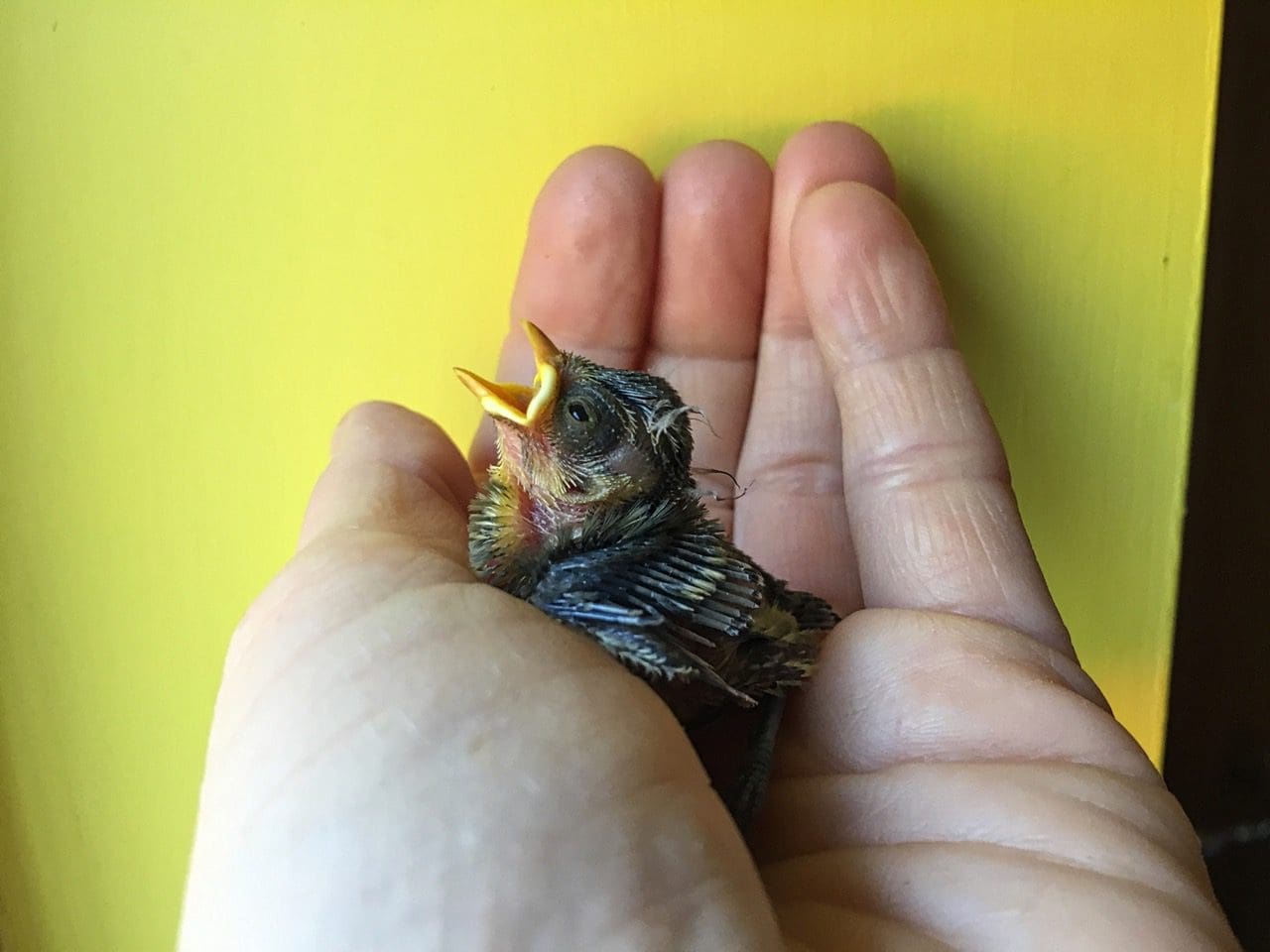
However, this study did not take in account that bells do not work at all for hatchlings, nestlings or fledglings during nesting season and might even cause more casualties than doing any good. Our own experience and statistics confirm that around 80% of all of our bird admissions in particular during the nesting season are cat caught hatchlings, nestlings or fledglings.
The presence of cats in a garden alone during the nesting season, without actually physically harming an animal, can have a severe impact on nesting garden birds, regardless of how well hidden their nests and the birds themselves are. Parent birds will get alerted and this alone will interrupt their brooding and feeding activities for many hours, which can easily be the death sentence in particular for very young nestlings or hatchlings. Also, the alarm call of nesting birds will alert third party predators like corvids, birds of prey or squirrels, who will now know the exact location of the nest, and can easily target the whole brood. 8
In this context it is worth noting that seemingly uninjured cat caught animals, which includes mammals, reptiles and in particular birds, must not be released without treatment with suitable antibiotics. Due to Pasteuralla bacteria within a cat’s claws and mouth, it is essential that cat caught birds are seen and treated straight away. Even a tiny puncture wound or superficial scratch, barely visible to the naked eye, is sufficient enough to harbour this potentially deadly infection. If the animal is left for too long, then there is a risk of a fatal infection. A bird usually has a maximum of 48 hours to receive treatment to have a good chance of survival. It should also be noted that Pasteuralla bacteria are also present in the saliva of dogs, which means that there is a similar infection risk to expect. The big difference is that most dogs are supervised and are not freely roaming, which means that the number of dog caught birds is comparably very low.
First Aid for Birds – First Aid Measures
First Aid for Birds – Cat Caught Birds
The Full Extent Of The Impact Of Cats On Wildlife
Doesn’t sound alarming enough? In 2006, there were about 10.3 million pet cats in UK households, feral cats not counted, killing about 55 million birds yearly, which is only the tip of the iceberg, as fatalities due to abandoned nests, injured and escaped as well as released, injured and untreated animals passing away later, have not been counted at all. According to the latest research of the World Animal Foundation, this figure has increased in 2023 to 12 million pet cats living in UK households.
World Animal Foundation – Pet Ownership
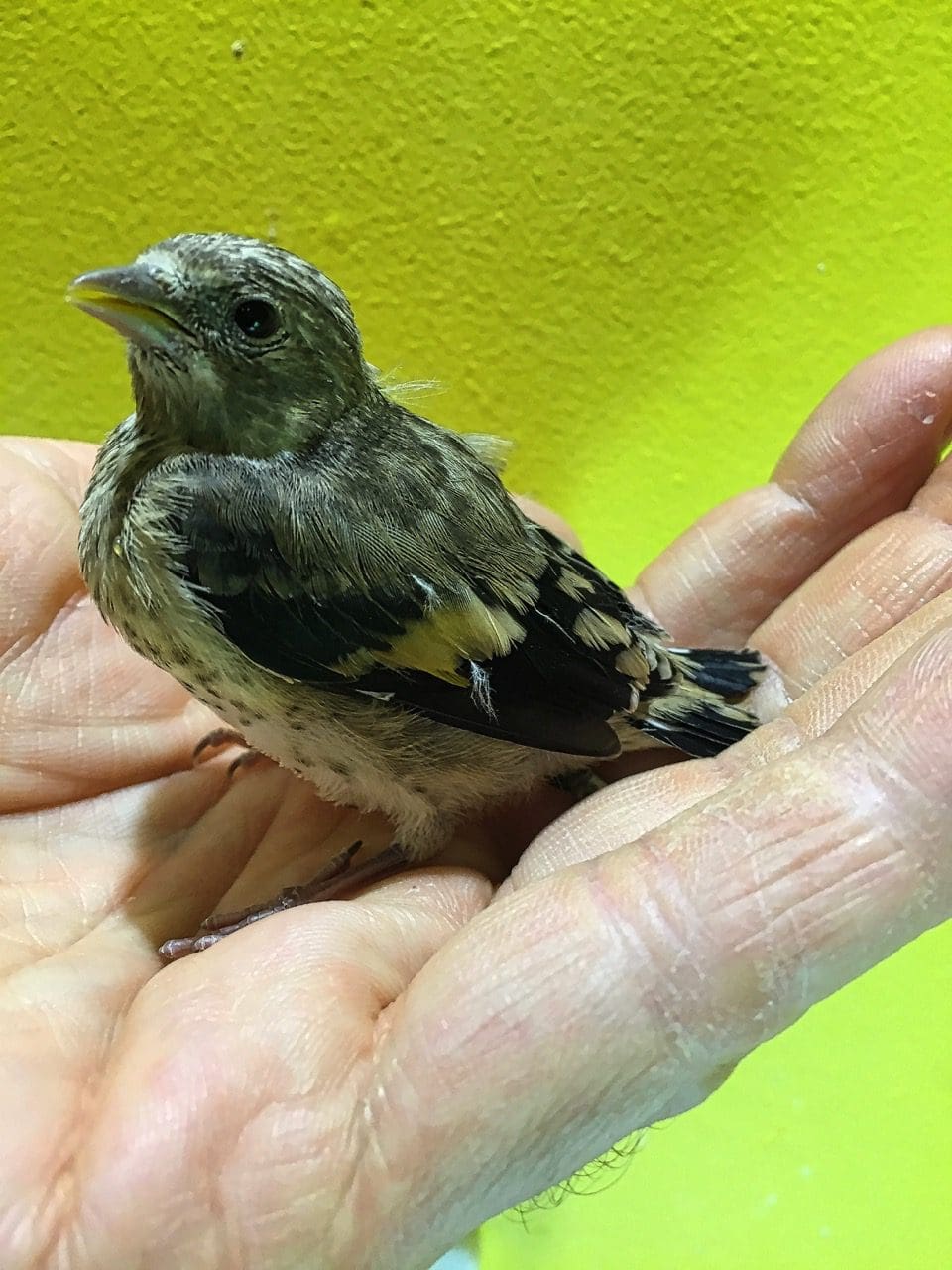
Free-ranging domestic cats have been introduced globally and have contributed to multiple wildlife extinctions on islands. The magnitude of mortality they cause in mainland areas remains speculative, with large scale estimates based on non-systematic analyses and little consideration of scientific data. This American study estimates that free-ranging domestic cats kill 1.4–3.7 billion birds and 6.9–20.7 billion mammals annually. Unowned cats, as opposed to owned pets, cause the majority of this mortality. Findings suggest that free-ranging cats cause substantially greater wildlife mortality than previously thought and are likely the single greatest source of anthropogenic mortality for US birds and mammals. 9
Invasive mammalian predators are arguably the most damaging group of alien animal species for global biodiversity. Thirty species of invasive predators are implicated in the extinction or endangerment of 738 vertebrate species—collectively contributing to 58% of all bird, mammal, and reptile extinctions. Cats, rodents, dogs, and pigs have the most pervasive impacts, and endemic island faunas are most vulnerable to invasive predators. Understanding and mitigating the impact of invasive mammalian predators is essential for reducing the rate of global biodiversity loss. 10

Cats do not only have a severe impact on birds, amphibians, reptiles and land mammals. A study of tissue samples from 161 marine mammals (Seals, sea otters, dolphins, whales and porpoises) that died between 2004 and 2009 in the Pacific Northwest reveals an association between severe illness and co-infection with two kinds of parasites normally found in land animals. One out of the two is Toxoplasma gondii, globally distributed via infected cat faeces. 11
Two Common Myths
Lets come back to two common myths. The first and most commonly voiced one is that cats killing wildlife is natural. Felines have been globally introduced by humans between 3000 and 6000 years ago. They are domestic companion animals like dogs. Their existence and impact on any ecosystems is not ‘natural’ at all. Domestic and feral cats do not have a ‘natural’ place in any ecosystem. The second myth commonly used in a ‘verbal argument’ between cat owners and bird lovers is that ‘my cat does not hunt’. However, the following two reports have shown otherwise.
“KittyCam” reveals high levels of wildlife being killed by outdoor cats. By Kerrie Anne Loyd and Dr. Sonia Hernandez from the University of Georgia, and Greg Marshall, Kyler Abernathy and Barrett Foster of National Geographic’s Remote Imaging Department and was funded in part by the Kenneth Scott Charitable Foundation.
Secret life of the cat: What do our feline companions get up to? By BBC Two’s Horizon programme in collaboration with the Royal Veterinary College.
The Problem Of Trap, Neuter And Release
It comes once again back to the question what can be done to keep cats and wildlife safe? The answer is as inconvenient for some cat owners as it is simple and straightforward for conservationists and nature lovers. Domestic cats need to be supervised, kept indoors or being confined in suitable and enriched outdoor enclosures. However, the feral cat problem needs addressing too. Trap, Neuter and Release (TNR) is advertised as a tool to reduce feral cat numbers. Unfortunately, TNR programmes have been shown to fail to reduce feral cat populations while simultaneously maintaining feral cats on the landscape, where they continue to contribute to wildlife and public health risks.
The Solution
Taking all facts in consideration, the answer is unambiguous. Keeping cats supervised will save the lives of beloved companion animals and billions of wild animals.
Top Reasons to Keep Cats Indoors
Bibliography
- Wilson, JL., Gruffydd-Jones, TJ., Murray, JK. (2017) Risk factors for road traffic accidents in cats up to age 12 months that were registered between 2010 and 2013 with the UK pet cat cohort (‘Bristol Cats’) Veterinary Record 180, 195. ↩︎
- Olsen, Tammy and Andrew Allen. 2001. Causes of sudden and unexpected death in cats: a 10-year retrospective study. Canadian Veterinary Journal 42: 61-62.)) ((Rochlitz, I., T. De Wit, and D.M. Broom. 2001. A pilot study on the longevity and causes of death of cats in Britain. Cheltenham, BSAVA Congress Clinical Research Abstracts. p.528. ↩︎
- Rochlitz, I. 2003. Study of factors that may predispose domestic cats to road traffic accidents. Part 1. The Veterinary Record 153: 549-553 & Part 2: The Veterinary Record 153: 585-588. ↩︎
- McDonald JL, Maclean M, Evans MR, Hodgson DJ. Reconciling actual and perceived rates of predation by domestic cats. Ecol Evol. 2015 Jun 19. ↩︎
- Predation of Wildlife by Domestic Cats Felis catus in Great Britain,” Michael Woods, Robbie A. Mcdonald, and Stephen Harris, Mammal Review, vol. 33, no. 2, June 2003, pp. 174–188. ↩︎
- Predation by Domestic Cats in an English Village. P.B. Churcher and J.H. Lawton, Journal of Zoology, vol. 212, 1987, pp. 439–455. ↩︎
- Bells Reduce Predation of Wildlife by Domestic Cats (Felis catus), Graeme D. Ruxton, Sarah Thomas, and Jessica W. Wright, Journal of Zoology, vol. 256, no. 1, January 2002, pp. 81–83. ↩︎
- Fearing the feline: domestic cats reduce avian fecundity through trait-mediated indirect effects that increase nest predation by other species, Colin Bonnington, Kevin J. Gaston and Karl L. Evans, Journal of Applied Ecology 2013, 50, 15–24. ↩︎
- The impact of free-ranging domestic cats on wildlife of the United States. Loss, Scott, Will, Tom and Marra, Peter, Nature communications, 2013, 4. 1396.10.1038 / ncomms380. ↩︎
- Invasive predators and global biodiversity loss. Tim S. Doherty, Alistair S. Glen, Dale G. Nimmo, Euan G. Ritchie, Chris R. Dickman, Proceedings of the National Academy of Sciences Sep 2016, 201602480; DOI:10.1073 / pnas.1602480113. ↩︎
- AK Gibson et al. Polyparasitism is associated with increased disease severity in Toxoplasma gondii-infected marine sentinel species (http://dx.plos.org/10.1371/journal.pntd.0001142). PLoS Neglected Tropical Diseases DOI: 10.1371/journal.pntd.0001142 (2011). ↩︎
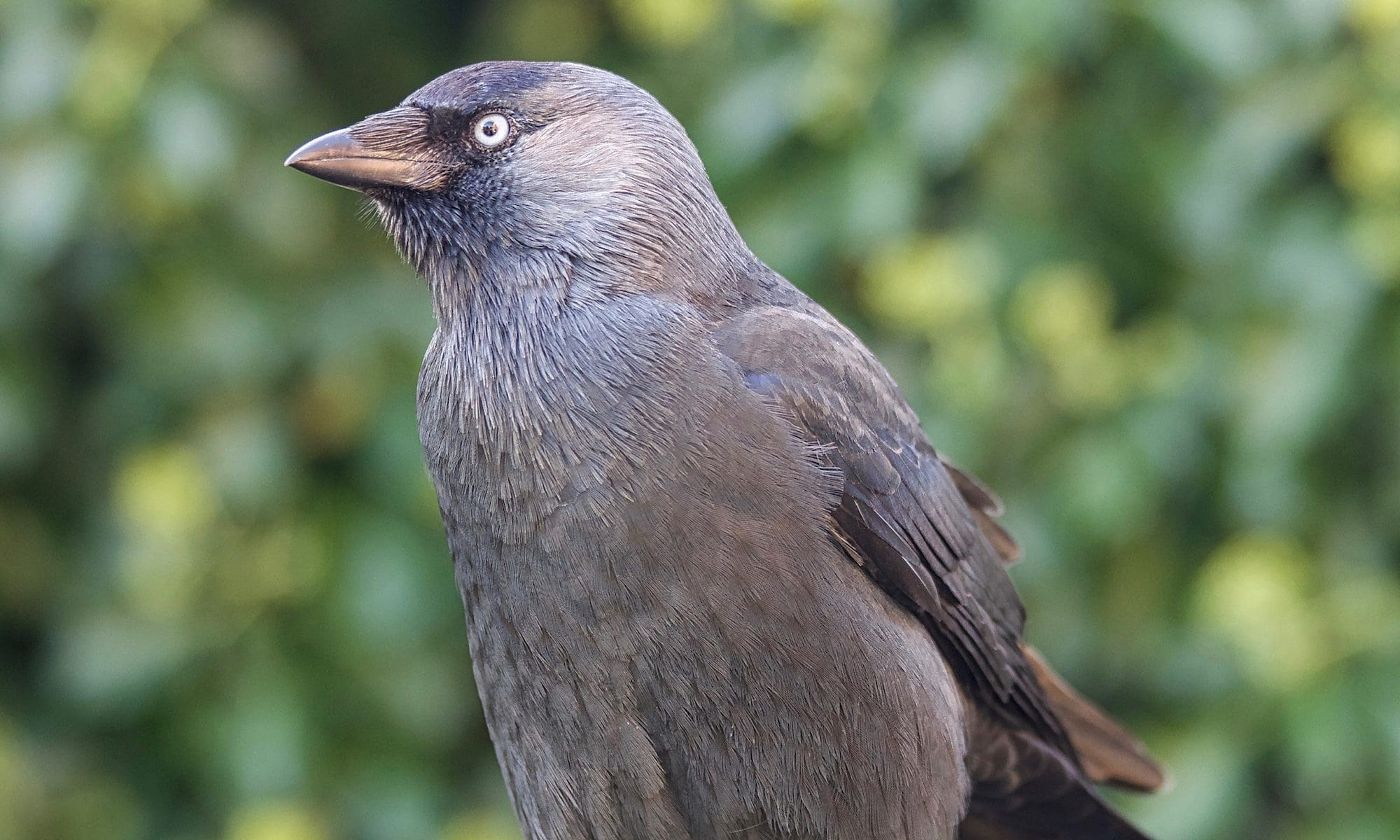

Comments are closed.